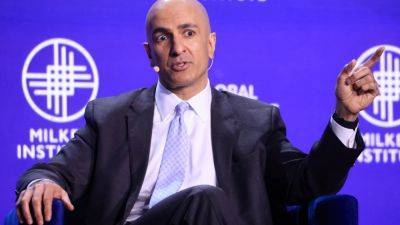UPS: The perfect fusion of NPS and OPS? Here's what government says
Unified Pension Scheme (UPS) combines the best aspects of both the Old Pension Scheme (OPS) and the National Pension System (NPS). It brings together OPS features like assured pensions, inflation-linked adjustments, family pensions, and a guaranteed minimum pension. Meanwhile, it retains the NPS's provision for employee contributions towards their pension fund.
OPS features of UPS
The Unified Pension Scheme (UPS) offers a fixed pension amount, guaranteeing retirees a regular, predetermined sum after retirement.
Under UPS, central government employees with 25 years or more of service will receive 50% of their last drawn salary from the past 12 months as their pension. This pension amount will also be adjusted for inflation after retirement. For employees with at least 10 years of service, the pension will be proportional to their length of service, with a minimum pension of ₹10,000 per month.
The scheme includes an assured family pension equal to 60% of the employee's basic pay, payable if the employee passes away before retirement. Inflation-linked adjustments will apply to the assured pension, family pension, and minimum pension.
Additionally, UPS provides for gratuity or a lump-sum payment upon superannuation. The gratuity is calculated based on one-tenth of the monthly emoluments (pay plus dearness allowance) at the time of retirement, computed for every six months of service.
UPS vs NPS vs OPS: How the three pension schemes stack up against one another
NPS feature of UPS
Government under
Read more on economictimes.indiatimes.com





















